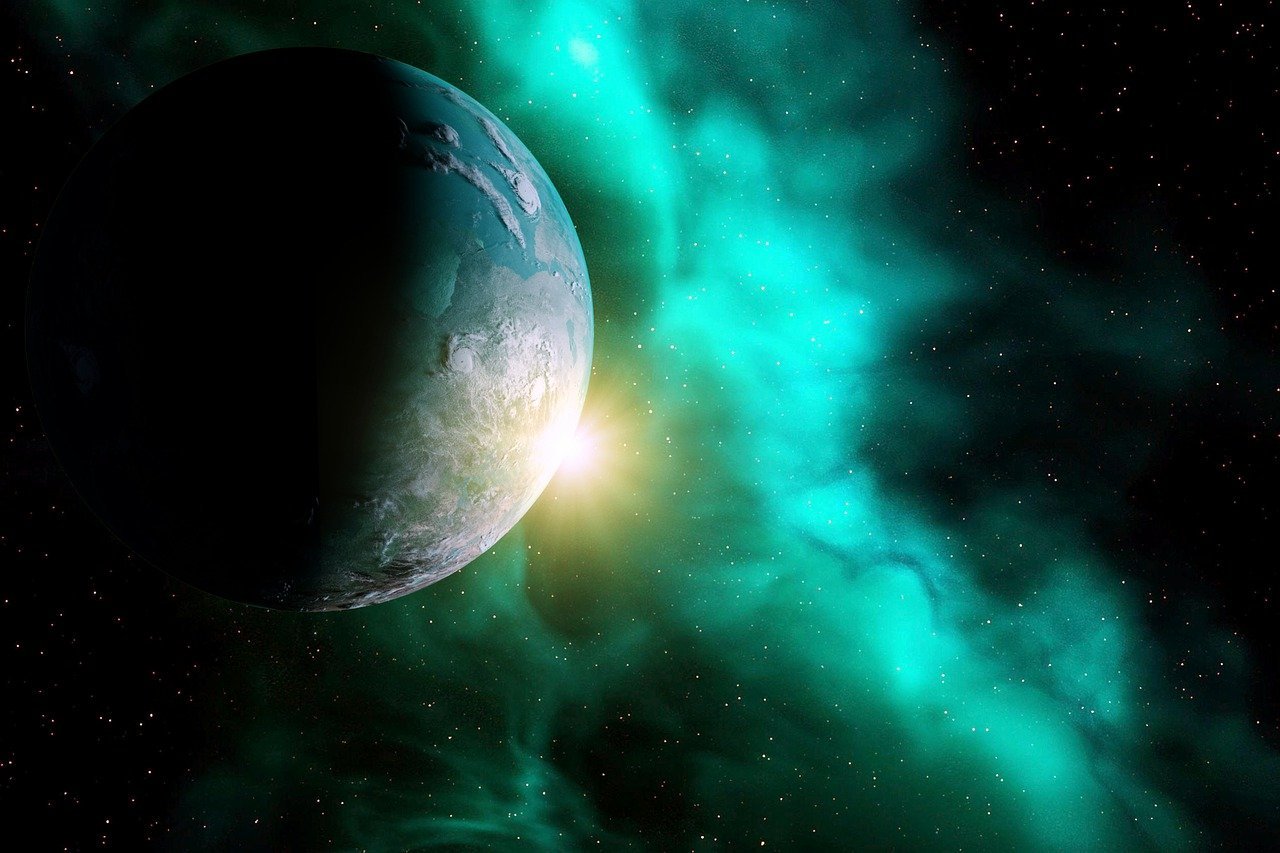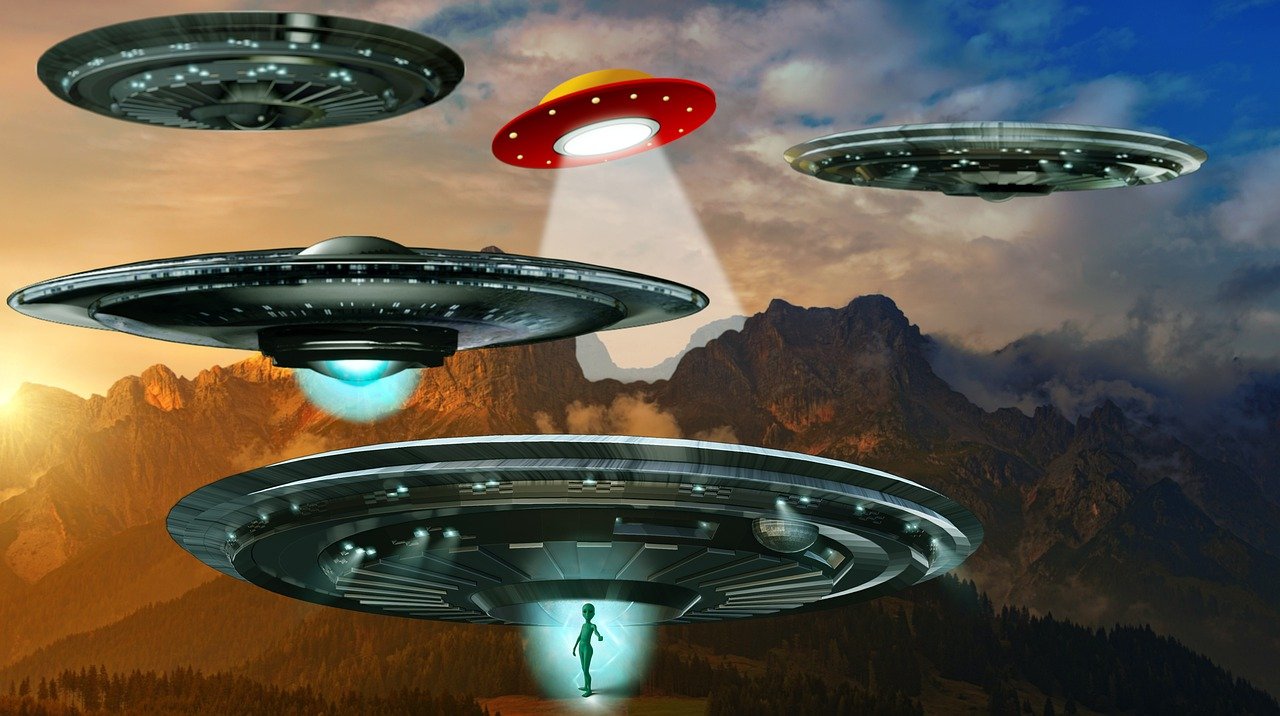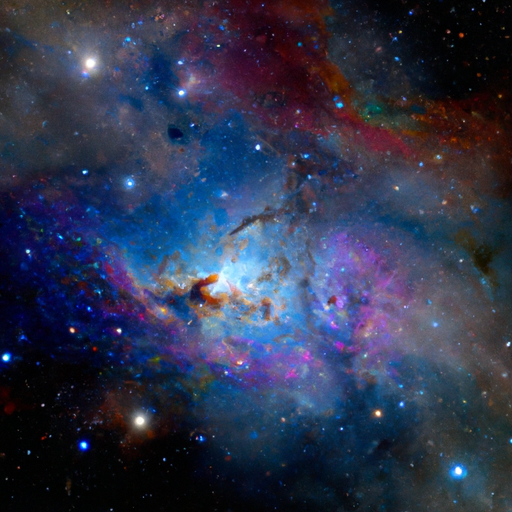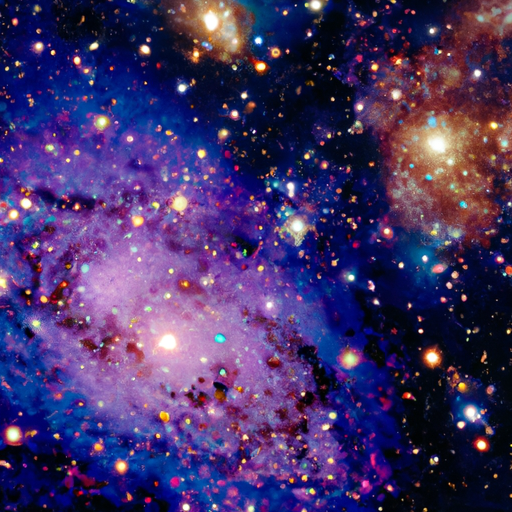If you’ve ever gazed up at the night sky and wondered about the secrets it holds, then “Exploring The Basics Of Cosmology: A Beginner’s Guide” is just for you. This captivating article will take you on a journey through the universe, unraveling the mysteries of cosmology in a friendly and accessible way. From the Big Bang to dark matter, you’ll gain a deeper understanding of the fundamental principles that shape our reality. So grab a comfy seat and get ready to embark on an exploration of the cosmos like never before.
What is Cosmology?
Cosmology is the scientific study of the origin, evolution, and structure of the universe. It seeks to answer fundamental questions about the nature of the universe, its contents, and the processes that govern it. From ancient times to the present day, humans have been fascinated by the cosmos and have developed different cosmological theories to explain its mysteries.
Historical Development
Ancient Cosmology
Ancient cosmology refers to the cosmological beliefs and theories held by various civilizations in antiquity. These early understandings of the universe were often based on philosophical and religious teachings rather than empirical evidence. In ancient Mesopotamia, for example, the cosmos was thought to be a flat disc surrounded by a dome-shaped sky. Similarly, ancient Greek philosophers, such as Aristotle, proposed a geocentric model with the Earth at the center of the universe.
Medieval Cosmology
Medieval cosmology was heavily influenced by religious beliefs and the works of ancient philosophers. The geocentric model of the universe, popularized by Ptolemy in his book “Almagest,” dominated scientific thought throughout the Middle Ages. According to this model, the Earth was at the center of the universe, with celestial bodies orbiting around it in perfectly circular paths. This geocentric view of the universe remained the predominant cosmological model until the Renaissance.
Modern Cosmology
The development of modern cosmology began in the early 20th century, driven by advancements in mathematics, physics, and observational astronomy. One of the most significant milestones was the formulation of the Big Bang Theory.

The Big Bang Theory
Overview
The Big Bang Theory proposes that the universe originated from a singular, highly-dense and hot point approximately 13.8 billion years ago. This initial explosion marked the beginning of time, space, and matter as we know them today. According to the theory, the universe has been expanding ever since.
Evidence
There is a wealth of evidence supporting the Big Bang Theory. One of the strongest pieces of evidence is the observation of the cosmic microwave background radiation (CMB), which is a faint radiation that permeates the entire universe. The discovery of the CMB in 1964 by Arno Penzias and Robert Wilson provided compelling support for the Big Bang Theory.
Expansion of the Universe
Observations of distant galaxies made by astronomers Edwin Hubble and Milton Humason in the 1920s revealed that the universe is expanding. This finding suggests that the universe was much denser and smaller in the past, gradually expanding over time. The concept of the expanding universe is a fundamental principle of modern cosmology.
The Structure of the Universe
Galaxies
Galaxies are vast assemblages of stars, gas, dust, and dark matter held together by gravity. They come in various sizes and shapes, ranging from elliptical and spiral galaxies to irregular ones. Our own galaxy, the Milky Way, is a spiral galaxy containing billions of stars.
Stars
Stars are self-luminous celestial bodies that generate energy through nuclear fusion. They are formed from the gravitational collapse of clouds of gas and dust. Stars vary in size, temperature, and color, with some being more massive and hotter than others. Their life cycle, from their birth to their eventual death as supernovae or white dwarfs, plays a crucial role in shaping the evolution of galaxies.
Planets
Planets are non-luminous objects that orbit around stars. They are primarily composed of rock, gas, or a combination of both. Our solar system, which includes our home planet Earth, is just one small corner of the vast universe inhabited by countless other planets.
Dark Matter
Dark matter is a mysterious form of matter that cannot be directly observed but can be detected through its gravitational effects on visible matter. It is thought to make up a significant portion of the total matter in the universe, yet its exact nature remains elusive. The presence of dark matter is crucial in explaining the observed dynamics and formation of galaxies.
Dark Energy
Dark energy is an even more enigmatic component of the universe. Unlike dark matter, dark energy is not associated with matter or particles. Its existence is inferred from observations that show the accelerating expansion of the universe. Dark energy is believed to be responsible for this accelerated expansion, but its nature and composition remain unknown.

Cosmic Microwave Background Radiation
Discovery
The discovery of the cosmic microwave background radiation (CMB) marked a groundbreaking moment in cosmology. In 1964, Arno Penzias and Robert Wilson accidentally stumbled upon a low-level hum coming from all directions of the sky. This hum turned out to be the radiation leftover from the Big Bang itself, now stretched and cooled after billions of years of cosmic expansion.
Implications
The discovery of the CMB provided strong evidence for the Big Bang Theory and supported the idea that the universe had a beginning. It also helped establish the concept of cosmic inflation, a rapid expansion of the universe that occurred in its early stages. Furthermore, the CMB allowed scientists to study the conditions of the early universe and investigate the distribution of matter and energy.
The Role of Gravity
Newtonian Gravity
The understanding of gravity played a crucial role in the development of cosmology. In the 17th century, Sir Isaac Newton formulated his laws of motion and universal gravitation, which provided a mathematical framework for describing the gravitational forces between objects. Newton’s laws allowed astronomers to accurately calculate and predict the motion of celestial bodies, laying the foundation for modern astrophysics and cosmology.
General Relativity
In the early 20th century, Albert Einstein revolutionized our understanding of gravity with his theory of general relativity. According to general relativity, gravity is not simply a force but rather a distortion of spacetime caused by massive objects. This theory has been crucial in explaining the behavior of the universe on both small and cosmic scales. General relativity successfully predicts the bending of light by massive objects, such as galaxies and black holes, and provides the framework for understanding the dynamics of cosmic expansion.

Formation and Evolution of Galaxies
Galaxy Formation
Galaxy formation is a complex process that involves the collapse and merging of gas clouds, the formation of stars within these clouds, and the subsequent assembly of these stars into galaxies. The details of galaxy formation are still being actively studied, but it is believed that the gravitational collapse of primordial fluctuations in density led to the formation of the first galaxies in the early universe.
Galaxy Evolution
Galaxies are not static entities but instead undergo evolutionary processes driven by interactions, mergers, and the consumption of gas and dust. Over billions of years, galaxies can change their size, shape, and composition. Understanding the processes that drive galaxy evolution is crucial for unraveling the mysteries of the universe and its formation.
The Cosmic Web
Large-Scale Structure
The universe is not just a random collection of galaxies but rather exhibits a vast and intricate large-scale structure known as the cosmic web. This structure consists of interconnected filaments, walls, and voids that span across billions of light-years. The cosmic web is the result of the gravitational dynamics between dark matter and visible matter, shaping the distribution of galaxies and other cosmic structures.
Filaments
Filaments are long and thread-like structures that span across the universe, connecting galaxy clusters and forming the backbone of the cosmic web. They are composed of dark matter and gas, with galaxies and other cosmic structures residing within them. The presence of filaments helps us understand how matter is distributed on large cosmic scales.
Voids
Voids are vast, empty regions within the cosmic web, characterized by a scarcity of galaxies and cosmic matter. These voids, in between the interconnected filaments, occupy a substantial portion of the universe. Studying the voids can provide valuable insights into the distribution and dynamics of matter in the cosmos.

Astronomy vs. Cosmology
While both astronomy and cosmology are concerned with the study of the universe, they differ in their scope and focus. Astronomy is the study of celestial objects, their behavior, and their interactions. It involves observations and measurements of stars, galaxies, planets, and other cosmic entities. Cosmology, on the other hand, aims to understand the origin, evolution, and structure of the universe as a whole. It seeks to answer fundamental questions about the nature of the cosmos and the processes that govern it.
Unanswered Questions
Dark Matter and Dark Energy
The nature of dark matter and dark energy remains one of the biggest mysteries in cosmology. Despite their significant influence on the universe, scientists are still unsure about their exact composition and properties. Extensive research and ongoing experiments are dedicated to detecting and understanding these elusive components and their role in shaping the cosmos.
The Nature of the Universe
Cosmologists are also grappling with the question of the overall nature of the universe. Is it finite or infinite? Does it have a boundary? Is it uniquely structured, or are there parallel universes? These unanswered questions continue to fuel scientific exploration and inspire new theories and models.
The Multiverse
The concept of a multiverse, with multiple universes existing parallel to our own, is another topic of ongoing research and speculation. As scientists delve deeper into the mysteries of the cosmos, the possibility of other universes beyond our own is considered, opening up new avenues for exploration and understanding.
In conclusion, cosmology is a fascinating field that seeks to uncover the secrets of the universe. From ancient cosmological beliefs to the modern theories of the Big Bang and cosmic inflation, our understanding of the cosmos has evolved significantly over time. With ongoing advancements in technology and scientific research, cosmologists continue to explore the origins, evolution, and structure of the universe, bringing us closer to answering some of the most profound questions about our existence. So, keep looking up at the night sky, as there is always more to discover in the vastness of the cosmos.
